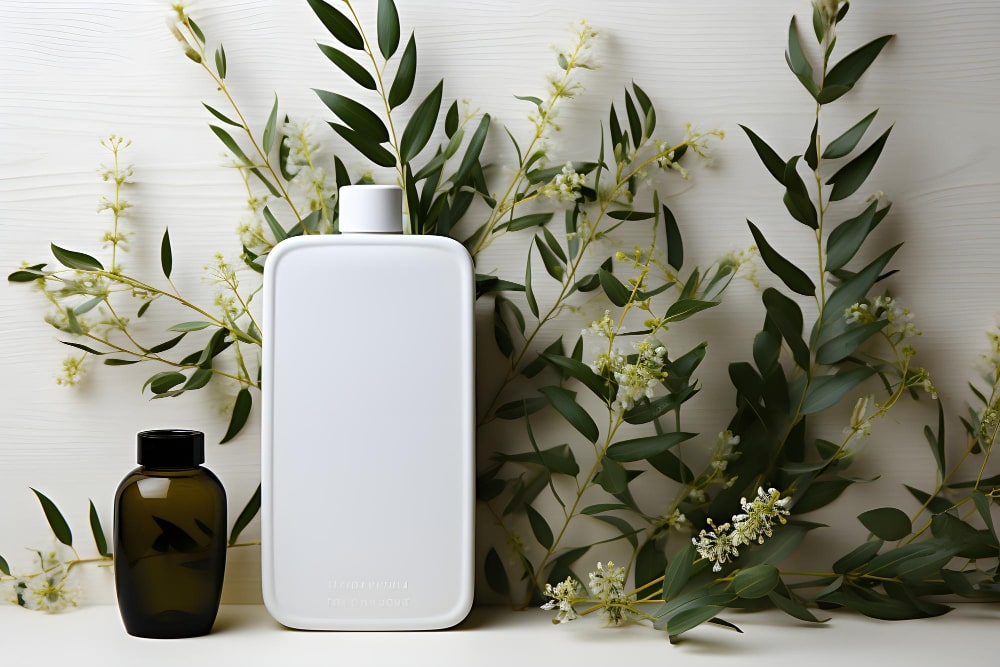Incredible Australian Tea Skin Benefits You Must Know

One of the many applications for tea tree oil is maintaining the health of your nails, hair, and skin. In addition to its advantages, which have been supported by science, tea tree oil is affordable and secure when used as prescribed.
Continue reading to discover our discussion of everyday uses of tea tree oil with its benefits in a skincare routine.
History of the Tea Tree Oil

Melaleuca alternifolia is a tiny tree endemic to Queensland and New South Wales in Australia. Its leaves are used to make tea tree oil. Despite being referred to as the "tea tree," Melaleuca alternifolia is not to be confused with the tree whose leaves are used to manufacture oolong, green, and black tea.
The Aboriginal people of Australia have been using tea tree oil for millennia as a traditional medication. These indigenous Australians crush tea tree leaves to release the oil, which they either apply topically to heal wounds or inhale to treat colds and coughs. These days, plain tea tree oil—which is 100% pure—is easily accessible. There are also diluted versions that range in potency from 5 to 50% in skin care products.
Tea tree oil is a popular natural medicine for treating bacterial and fungal skin diseases, avoiding infection, and accelerating healing because of its antimicrobial qualities. Let’s learn about the uses and benefits of using tea tree oil.
Top 4 Tea Tree Skin Benefits

Tea tree oil soothes and heals a variety of skin conditions, making it beneficial in supporting healthy skin. Use tea tree oil with caution:
- It is advised to not use tea tree oil topically on your skin. It's crucial to dilute the oil with a carrier oil, like almond, coconut, or olive oil.
- Add twelve drops of carrier oil for every one to two drops of tea tree oil.
- Additionally, use caution while using tea tree oil near the eye area. Irritation and redness may result from exposure.
- Make sure your skin won't react to tea tree oil by conducting a patch test before using it.
1. Eczema and dry skin
Tea tree oil contains anti-inflammatory properties that eases inflammation and itching, helping in relieving dry skin. Additionally, studies have demonstrated that it works better for treating eczema than creams containing zinc oxide and clobetasone butyrate.
2. Oily skin
The oil is found to have antiseptic characteristics that fight infections and help in maintaining a natural balance of oil production. According to a tiny 2016 study, participants' oiliness improved after using a tea tree oil-containing sunscreen for 30 days.
3. Skin irritation
Tea tree oil calms the skin and aids in the healing of infections that irritate it. It was found to be useful in easing irritated eyes in a short 2012 study. Participants applied an ointment containing five percent tea tree oil to their eyelids. Out of the 24 participants, 16 of them stopped itching. The remaining eight individuals made some progress.
4. Inflammatory diseases
Based on skin sensitivity to nickel, research suggests that tree oil helps reduce inflammatory skin problems. It helps in calming sore and irritated skin Although it's normally recommended to dilute tea tree oil with a carrier oil before applying it to the skin.
Final remarks
After using tea tree oil consistently for a few days, symptoms should start to go away. Certain conditions could take longer to fully heal. If you want to stop future recurrences, you can decide to keep using tea tree oil.
It is advised that anyone considering using tea tree oil obtain a skin patch test for allergies first, and then carefully dilute the oil to avoid irritating their skin even more. Additionally, items pre-blended with tea tree oil are available for purchase. This guarantees that the proper consistency is being received.





